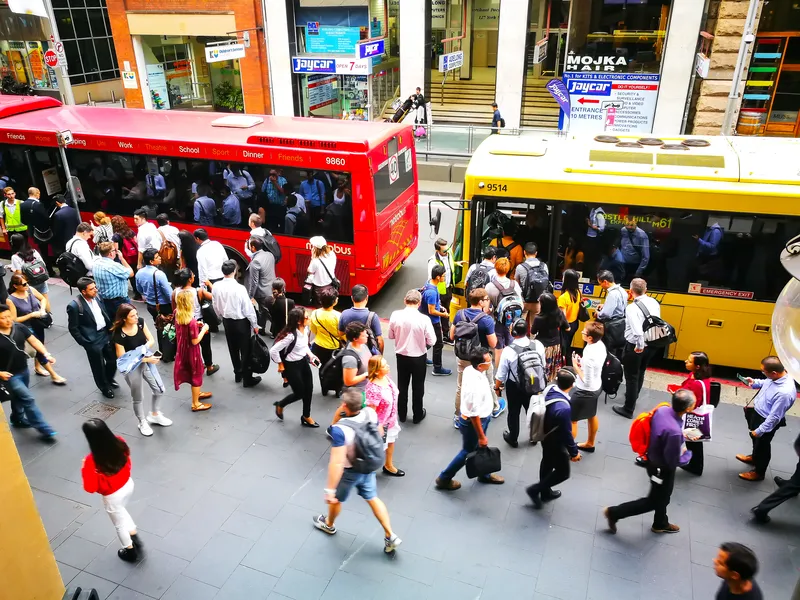Austria’s road financing company Autobahnen- und Schnellstrassen-Finanzierungs (Asfinag) will invest around €8 billion in roads and motorways by 2024.
Annual net profits stood at €824 million and debt was reduced by €235 million. Toll income was up 6.9% for trucks and busses to around €1.5 billion and for cars by 4.6% to around €690 million.
Major future projects include the Vienna south-east tangent and the western motorway A1 as well as reconstruction of the motorway between Innsbruck and the German bor
May 13, 2019
Read time: 1 min
Austria’s road financing company Autobahnen- und Schnellstrassen-Finanzierungs (750 Asfinag) will invest around €8 billion in roads and motorways by 2024.
Annual net profits stood at €824 million and debt was reduced by €235 million. Toll income was up 6.9% for trucks and busses to around €1.5 billion and for cars by 4.6% to around €690 million.
Major future projects include the Vienna south-east tangent and the western motorway A1 as well as reconstruction of the motorway between Innsbruck and the German border.
Asfinag also said that improved tunnel safety is a high priority as several tunnels are currently being restored. Asfinag is adding 400 truck car parking spaces, bringing the total to 7,400 and focusing on the expansion of its electronic parking space search system.










